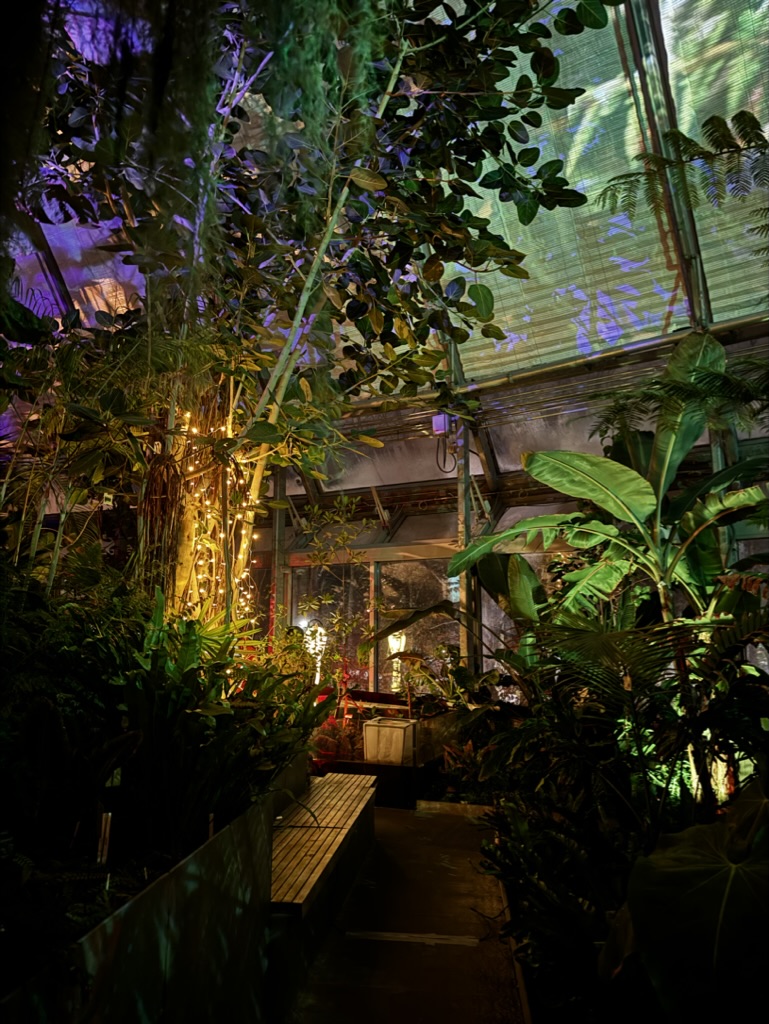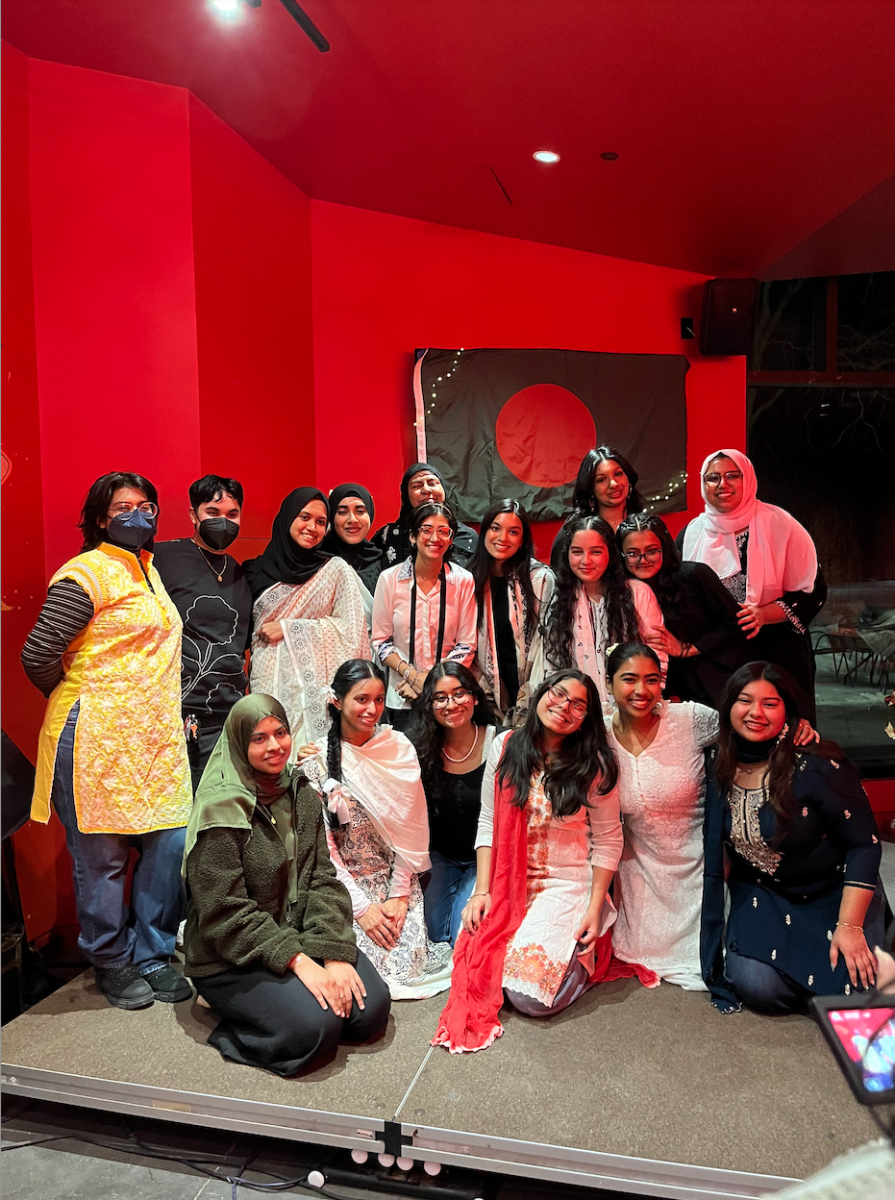On Feb. 11 and 12, the Wellesley College Global Flora Greenhouse was abuzz. Light danced through the trees, time-lapsed plant videos were projected on every surface, and delicate sculptures dotted the space, glowing. Groups of Wellesley students and town residents alike wandered about looking at the plants, speaking with the volunteers, and even taking their own plants home.
For many, this may have been the first time they had set foot in the greenhouse. But for Professor Kristina Jones, Director of the Botanic Gardens and Faculty Director of the Botanic Gardens, there is so much more to the greenhouse than these recurring Nights at the Greenhouse.
“There’s a long history … it’s been 100 years since the greenhouses were built, and the outdoor gardens,” Jones explains. “The founder, Margaret Ferguson, was really into how plants connect to just about everything in the liberal arts, or could potentially … [she was] very forward thinking.”
The greenhouse has been putting on this show since 2006, as a way to preserve the passions of Ferguson and others a century ago. While the greenhouse might be overwhelming in the daytime, Jones believes that at night, certain plants can be spotlit to tell a story.
“We like to say you get to see plants in a whole new light,” she jokes.
Night at the Greenhouse also featured the sculpture work of Isaac Zerkle ’17, an alum and Theater major. Jones encountered their work in a Jewett exhibit last year, and felt that their experience with light and art, as well as their personal connection to the college, made them the perfect artist for the greenhouse show.
“This just really was a sweet spot, because Isaac both really knew lights and had really artistic visions for you know how the greenhouse could tell stories, right? In addition to their sculptures.” Jones says. “So it was this amazing mix of art and plants in motion, and a little bit of a theater aspect to it as well.”
Jones hopes events like this will inspire people to visit the greenhouse more often and learn about its history. She says that one of the beautiful things about the greenhouse and botanical gardens is that they are meant to be global: they should go past the scientific and bring a cultural importance with them to students and visitors, as a public face of the college.
“We’ve gone for both the diversity of plants to tell stories about adaptation and evolution for the biology folks, but also culturally relevant plants, which is most plants, and trying to tell their stories … we don’t want it to be just a display of objects; these are living, really important relatives. Some people would think of them that way, and that’s a very, very helpful way to think about plants,” she says.
More than that, the greenhouse can be a hangout place for students, and it even has a stage for performances. Jones believes that there are opportunities for creativity everywhere in the greenhouse. She intentionally doesn’t want the greenhouse to be dictated for something particular, but rather be for anything. That’s also why she asks students to decide on the theme every year; this year, Jones gave a special shoutout to Thorndike Interns Hana Hussaini ’27 and Ximena Sanchez ’27 for picking the theme of “Plants and Movement” and working to make the show a success.
“We’re planting seeds, right? In people’s minds, oh, the greenhouse is cool for something I’m doing,” she concludes. “Having an event like this brings in folks that hopefully will bring in a whole bunch of different ideas.”
Contact the editor responsible for this story: Hira Khan




